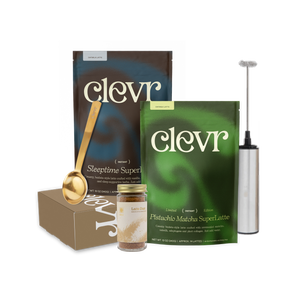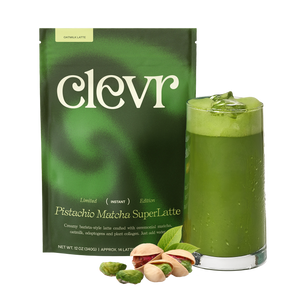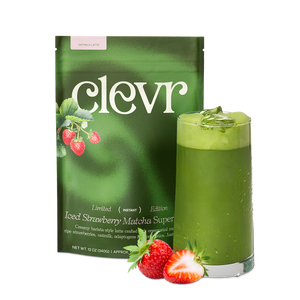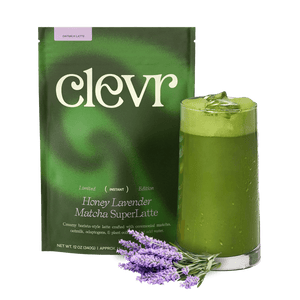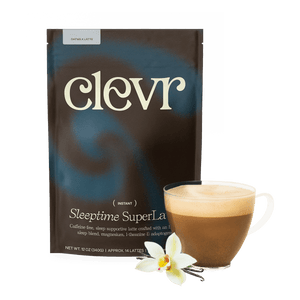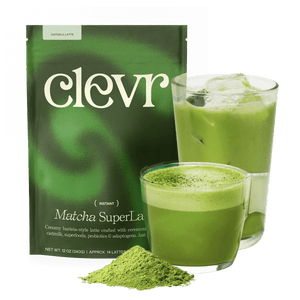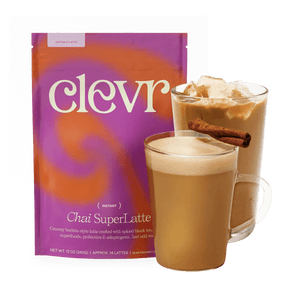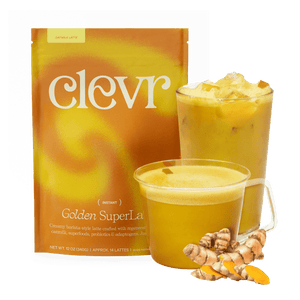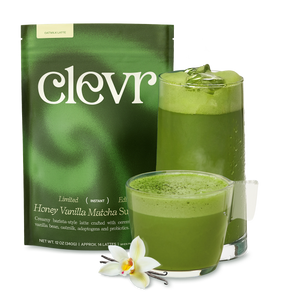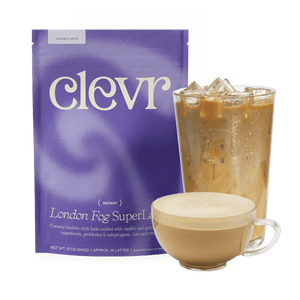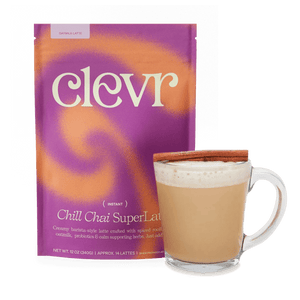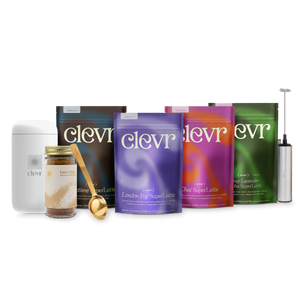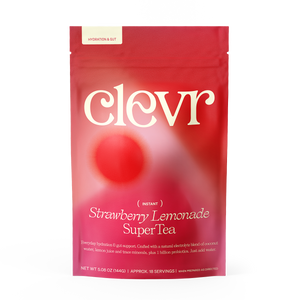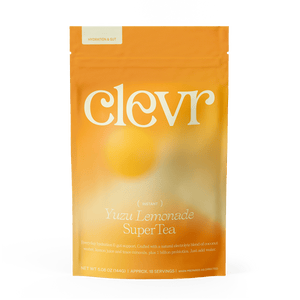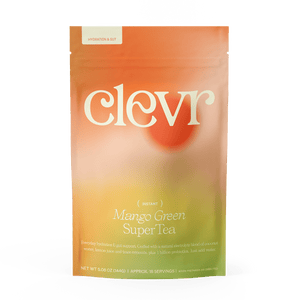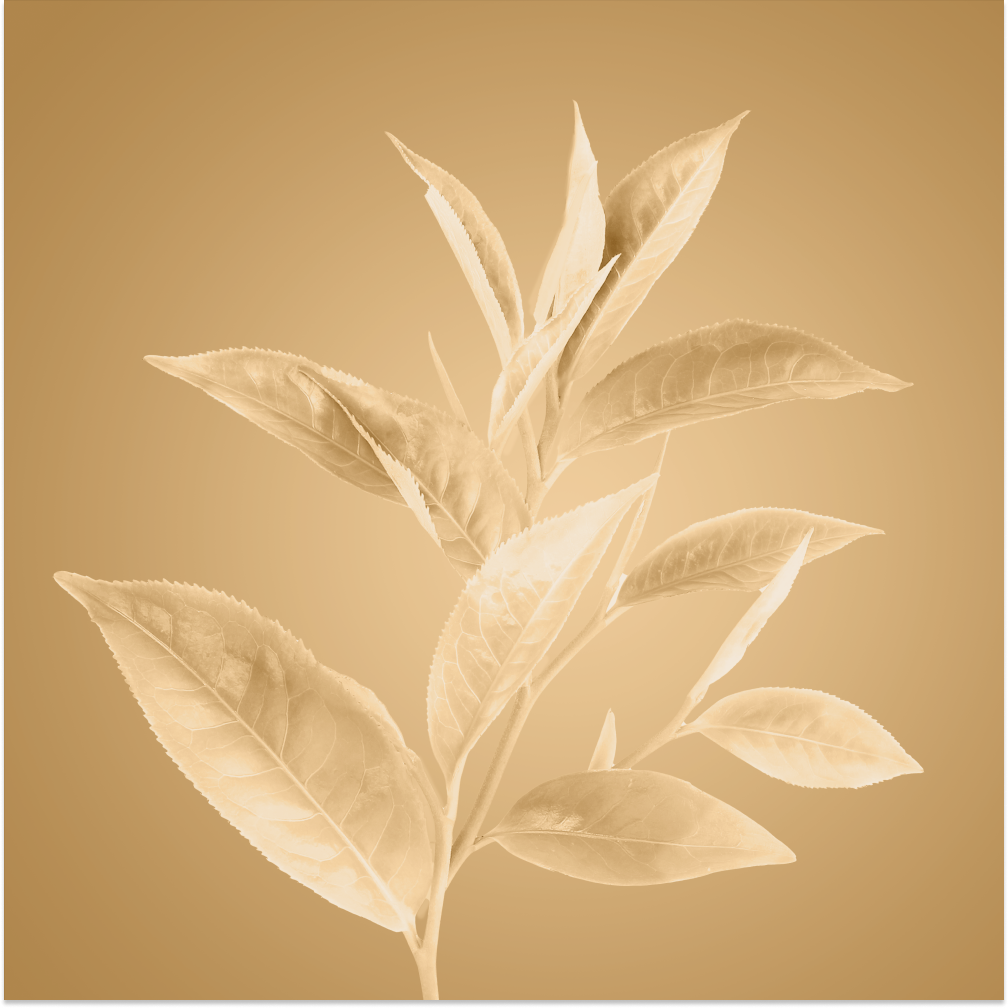
The Scoop on Ashwagandha
Mother Earth's answer to stress relief is a mood-balancing adaptogen infused into all of our SuperLattes.
With the pandemic, doom-scrolling, the holidays, and other stressors mounting, we could all use a little relief right about now. According to the 2020 Stress in America survey, stress levels weren’t just higher last year — they were the highest the survey has seen since launching the poll in 2007 (American Psychological Association, 2020). That’s where ashwagandha comes in.
This powerful plant touts a unique mix of compounds that can promote a healthy response to everyday stress, overwork, and all-around fatigue. Considered a nervine tonic, ashwagandha calms your system and keeps your mind clear and focused. With perks that soothing, we knew it was a perfect addition to our SuperLattes.
Here, we’re breaking down the must-know facts about Mother Nature’s stress reliever and how to make the most of this mood-balancing botanical:
Backstory
For thousands of years ashwagandha has been a fixture of the ancient Indian healing practice of Ayurveda and considered a rasayana, a way to keep the body in equilibrium to amplify good health and boost longevity (AYU journal, 2018). Commonly cultivated in India, Africa, and the Middle East, the evergreen plant has red-orange berries, flowers, leaves, and seeds, but the root is what wields the most power. (The herb gets its name from its earthy aroma reminiscent of a horse — “ashwa” in Sanskrit — and its ability to energize, a.k.a. horsepower!)
Traditionally, this “Indian ginseng” would be ground to a fine powder then mixed with water, ghee, or honey to remedy joint pain, swelling, fever, memory loss, and anxiety (African Journal of Traditional, Complementary and Alternative Medicines, 2011).
Benefits
If ashwagandha had a motto, it would be, “keep calm and carry on.” This stress-busting adaptogen has sitoindosides and acylsterylglucosides that soothe your central nervous system and make you more resilient to physical and mental stress (African Journal of Traditional, Complementary and Alternative Medicines, 2011). But it’s not just about the mental benefits — studies have shown that supplementing with ashwagandha can help protect you against stress-induced diseases, like diabetes and hypertension.
Chronic stress can build up inflammation in your body, too. Thankfully, ashwagandha has anti-inflammatory and antioxidant compounds that keep your system in check. It’s also been shown to improve focus and mental clarity and even boost performance (Journal of Ayurveda and Integrative Medicine, 2012).
Beyond the Mug
A strong, some-would-say bitter flavor means powdered ashwagandha extract could be a great fit in your next sweet-centric recipe — think date energy balls, smoothies, or honey-topped oatmeal. Want to try growing ashwagandha in your own garden? This herb thrives in zones 8-12 with full sun and moist soil.
Ask the Formulator...
Clevr CEO and Formulator Hannah Mendoza answers your burning questions.
Why is getting the full-spectrum root extract so important?
“Ashwagandha is at its most potent when all elements of the herb are involved, so using a full-spectrum formula — which balances all of its components in their natural proportions — was a non-negotiable for us. Our ashwagandha partner spent more than a decade developing and refining a high-concentration extract without using any alcohol or chemical solvents. The organic, non-GMO powder we use in all of our SuperLattes maintains the integrity of the root (and its healing benefits!) for your body to enjoy.”
What’s so special about the root? Do the other parts of the plant have health benefits?
“From Ayurvedic medicine to modern science, the ashwagandha root has been the most used part of the plant when it comes to relieving stress and soothing your central nervous system. And while the leaves are typically used for topical treatments, like swellings, we wanted a mood-balancing herb that would nourish your body from the inside out.”
